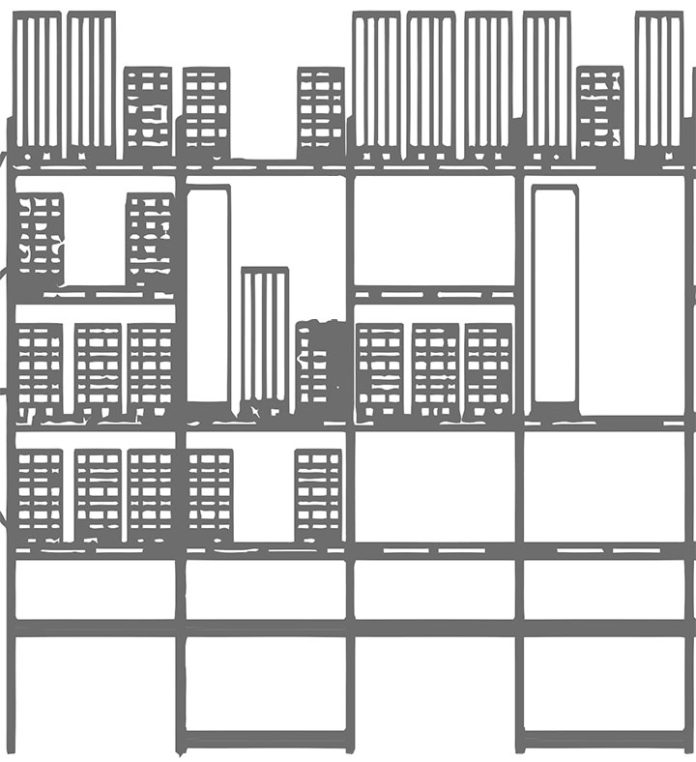At UNARCO we often get asked if users can remove the first level load shelf in alternating bays to store taller pallets on the floor. Rack users think that removing a beam level in every other bay will allow them to have a shorter design column span and they can use the corresponding frame capacity from the manufacturer’s tables that goes along with that shorter column length.
This is a bad assumption because actually, the frame capacities listed in the manufacturer’s frame tables are based rotational stiffness provided by two beams connecting to the columns at the top of the column span not just one beam connecting at the top of the column span. Removal of every other beam significantly diminishes the story stiffness (ability to resist side-sway buckling of the entire system) and could lead to a story collapse of the entire rack row. Similarly, removing every other beam at the first story level of a high-rise building could have a devastating impact on the safety of the building.
The follow-up question that comes next naturally is, “How about removing the shelf in every third bay?” When the answer is again NO, they ask, “then, how come interior tunnel bays are permitted?” When the row is long and one level is removed in one bay close to the middle, the impact on the entire story stiffness of the rack row is minimal. If there are more tunnels the impact can become more significant.
So what are the options?
It is quite acceptable to “checker-board” the rack at the top by removing the top shelf in every other bay. Of course the logical option is to initially design the column for the longer column span, that is, from the floor to the second shelf level. If the rack system is already in place, it might be too late. Also, this option will require a significant increase to the column section and possibly the base plate and connections of the rack. A third option, if pallet loads are not going to relocate often is to segregate the tall loads and put them in a section of the rack together with a rack frame that is designed for these taller loads.
What is often thought as a simple solution, is actually not so simple at all and the myth of removing the lower level beams can lead to system failure. It is always a good idea when making system changes to check the entire design with engineering.
